A Step By Step Guide To Pool Equipment Maintenance
Owning a pool can bring incredible joy and relaxation, but it also comes with the responsibility of proper maintenance. A well-maintained pool ensures safety, efficiency, and longevity of your pool equipment, which in turn can save you time and money. This comprehensive guide will walk you through maintaining your pool equipment step by step.
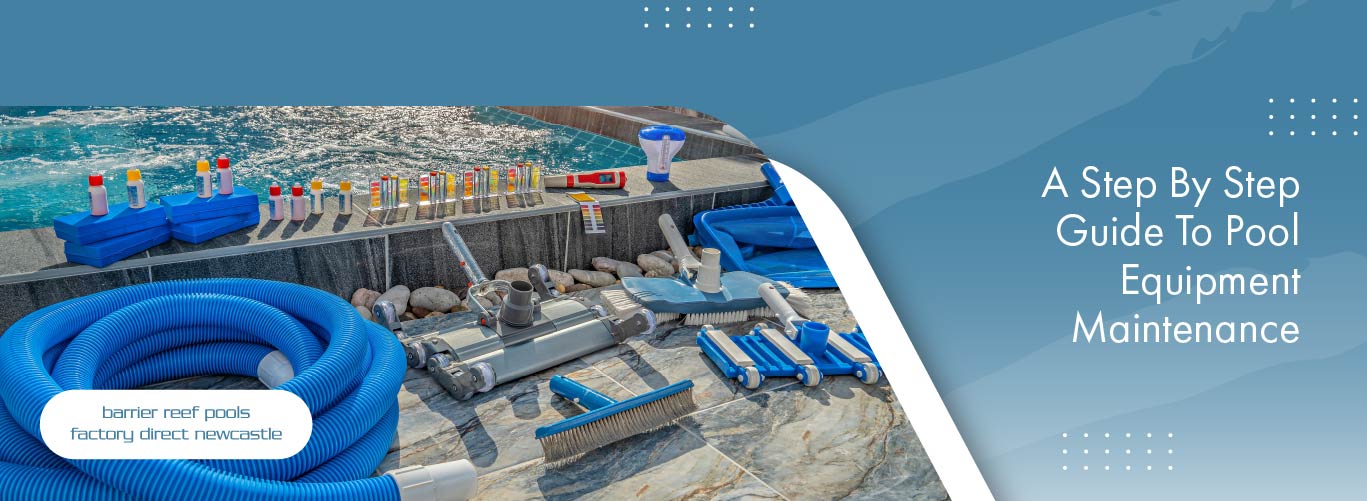
Introduction: The Importance of Proper Pool Equipment Maintenance
Maintenance is imperative if you want to enjoy your pool without unnecessary interruption due to equipment failures. Proactive maintenance not only keeps your pool water sparkling but also prevents costly repairs down the line.
Step 1: Understanding the Basic Pool Equipment
Before you can maintain your equipment, you need to understand the basics. Your pool’s health relies on several key pieces of equipment, each playing a crucial role in ensuring a clean and enjoyable swimming experience:
- Pumps circulate water through the filter to keep your pool clean and clear. They work continuously to ensure the water remains free of contaminants by moving it through the filtration system.
- Filters trap debris, ensuring that the water is clean. These filters come in various types, such as sand, cartridge, or diatomaceous earth filters, each with its own method for removing impurities from the water.
- Heaters keep the pool temperature regulated for comfort. Whether you prefer a cool dip or a warm soak, heaters allow you to maintain the perfect temperature for your pool throughout the swimming season.
- Cleaners remove debris from your pool’s surface and floor. Automatic or manual, these tools help keep your pool pristine by collecting leaves, dirt, and other unwanted particles that settle in the pool.
By understanding and properly maintaining each of these components, you can ensure your pool remains in top condition, providing a safe and enjoyable environment for all swimmers.
Step 2: Developing a Maintenance Schedule
Creating a regular pool maintenance schedule is vital for the care of your equipment and ensuring a safe swimming environment.
- Weekly: Check your chemical levels to maintain water balance, clean the skimmer and pump baskets to remove debris, and inspect all equipment for any irregularities or signs of wear and tear.
- Monthly: Backwash the filter to clear out trapped impurities, check o-rings for signs of damage or wear, and ensure all fittings are tight and secure to prevent leaks.
- Seasonal: Before the swimming season begins, and after it ends, conduct a comprehensive checkup of all equipment. This includes inspecting the pool walls and floor for cracks, thoroughly cleaning the pool, and servicing the pump and filter system to ensure everything is in optimal condition.
Regular maintenance not only prolongs the life of your pool equipment but also keeps your pool safe and enjoyable for everyone.
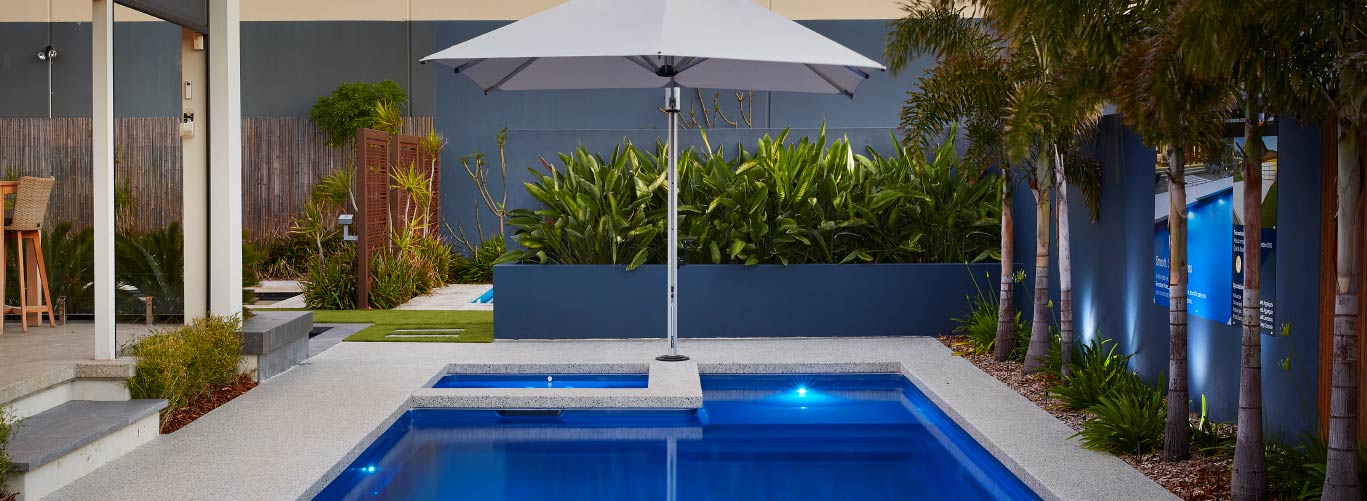
Step 3: How to Perform Routine Maintenance Tasks for Each Equipment
Cleaning the Skimmer and Pump Baskets
Regularly emptying and inspecting the baskets is crucial for preventing clogs in your system, which could lead to equipment damage. By ensuring that the baskets are free from debris and other blockages, you not only maintain optimal performance but also extend the lifespan of your equipment. Routine checks and maintenance can save you from costly repairs and downtime, ensuring smooth and efficient operation.
Backwashing the Filter
This process reverses the flow of water to flush out trapped dirt from the filter. By forcing water to flow in the opposite direction, it dislodges and removes accumulated debris that regular filtering might miss. It’s essential for keeping your filtering system working efficiently, ensuring that clean water continues to circulate and the filter remains unclogged and effective. Regular maintenance like this extends the lifespan of your system and ensures optimal performance.
Inspecting and Cleaning the Pool Heater
Remove any debris around your pool heater, such as leaves, dirt, or other objects that could obstruct its functioning. Additionally, inspect the heater closely for signs of corrosion or soot buildup, which could indicate underlying issues that need to be addressed. Regular maintenance and thorough checks are crucial to ensure your pool heater operates efficiently and safely.
Maintaining Pool Cleaners
Ensure that your automated or manual pool cleaner is free of debris and is moving freely around the pool. Regularly check the cleaner for any obstructions, clean out the filter or bag, and make sure the wheels or tracks are functioning properly. This will help maintain the cleanliness and safety of your pool, providing a pleasant swimming environment for everyone.
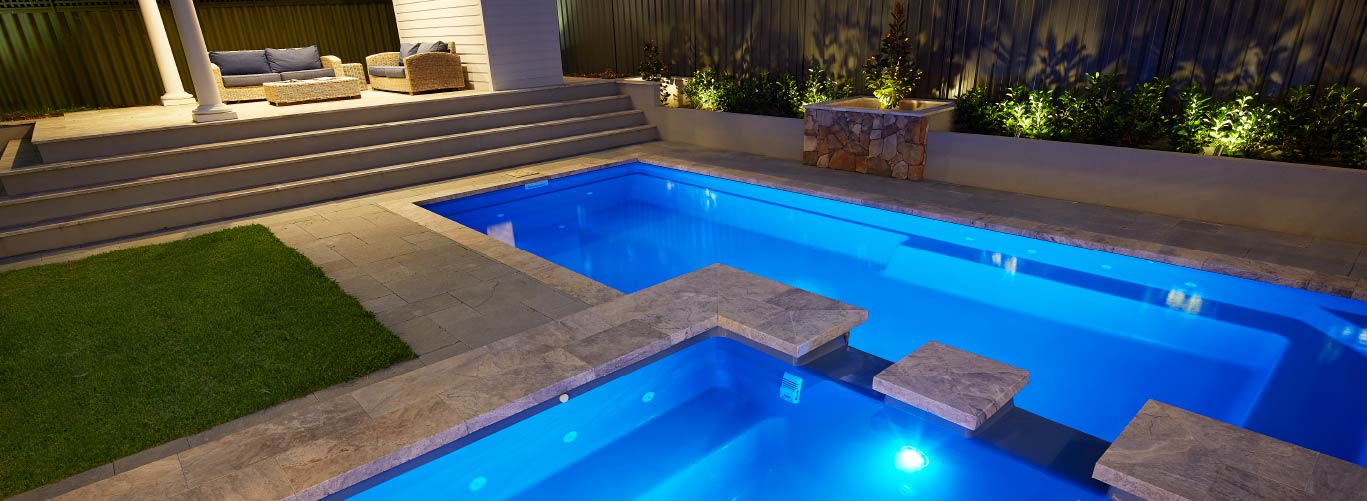
Step 4: Signs of Equipment Wear or Damage to Look Out For
Be vigilant with your pool equipment. Regularly inspect for cracks, leaks, strange noises, or irregular readings on pressure gauges, as these can all indicate potential issues. Also, pay attention to any changes in water quality, such as cloudiness or an unusual smell, as these could signal underlying problems. Maintaining a routine check-up schedule can help in identifying and addressing issues early, ensuring your pool remains in optimal condition.
Step 5: When to Call a Professional
Should you encounter complex issues, such as a heater malfunction or a cracked pump casing, it’s best to call in a professional. Attempting to fix these problems on your own can be dangerous and might result in injury or cause further damage to the equipment. Professionals have the necessary tools, experience, and knowledge to diagnose and resolve these issues safely and efficiently. Don’t risk making the problem worse; trust an expert to handle it properly.
Step 6: Tips for Extending the Lifespan of Your Pool Equipment
- Regularly check and balance your pool chemistry to ensure the water remains clean and safe for swimming. This includes monitoring pH levels, chlorine, and other chemicals.
- Don’t allow the pool water level to fall too low, as this can damage your pump and filter system. Make sure to top off the water as needed, especially during hot weather.
- Protect your equipment from the elements, particularly during the off-season. This means covering your pool, storing movable equipment indoors, and performing regular maintenance checks to prevent damage from weather conditions.
The rewards of regular pool maintenance are numerous. Not only does it ensure safe swimming conditions, preventing waterborne illnesses and accidents, but it also maintains the value of your pool investment. Proper upkeep can extend the lifespan of pool equipment, prevent costly repairs, and keep the water sparkling clean, making your pool a more enjoyable and inviting space for family and friends.
A Step By Step Guide To Pool Equipment Maintenance
Owning a pool can bring incredible joy and relaxation, but it also comes with the responsibility of proper maintenance. A well-maintained pool ensures safety, efficiency, and longevity of your pool equipment, which in turn can save you time and money. This comprehensive guide will walk you through maintaining your pool equipment step by step.
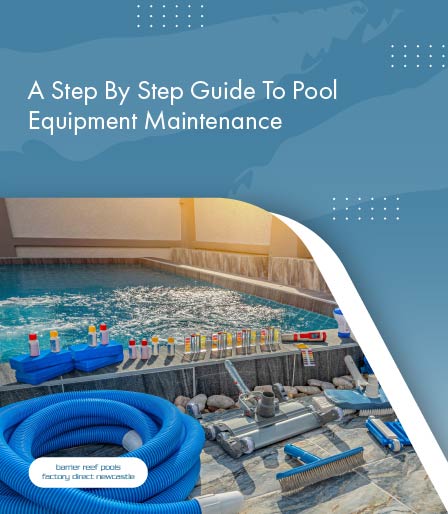
Introduction: The Importance of Proper Pool Equipment Maintenance
Maintenance is imperative if you want to enjoy your pool without unnecessary interruption due to equipment failures. Proactive maintenance not only keeps your pool water sparkling but also prevents costly repairs down the line.
Step 1: Understanding the Basic Pool Equipment
Before you can maintain your equipment, you need to understand the basics. Your pool’s health relies on several key pieces of equipment, each playing a crucial role in ensuring a clean and enjoyable swimming experience:
- Pumps circulate water through the filter to keep your pool clean and clear. They work continuously to ensure the water remains free of contaminants by moving it through the filtration system.
- Filters trap debris, ensuring that the water is clean. These filters come in various types, such as sand, cartridge, or diatomaceous earth filters, each with its own method for removing impurities from the water.
- Heaters keep the pool temperature regulated for comfort. Whether you prefer a cool dip or a warm soak, heaters allow you to maintain the perfect temperature for your pool throughout the swimming season.
- Cleaners remove debris from your pool’s surface and floor. Automatic or manual, these tools help keep your pool pristine by collecting leaves, dirt, and other unwanted particles that settle in the pool.
By understanding and properly maintaining each of these components, you can ensure your pool remains in top condition, providing a safe and enjoyable environment for all swimmers.
Step 2: Developing a Maintenance Schedule
Creating a regular pool maintenance schedule is vital for the care of your equipment and ensuring a safe swimming environment.
- Weekly: Check your chemical levels to maintain water balance, clean the skimmer and pump baskets to remove debris, and inspect all equipment for any irregularities or signs of wear and tear.
- Monthly: Backwash the filter to clear out trapped impurities, check o-rings for signs of damage or wear, and ensure all fittings are tight and secure to prevent leaks.
- Seasonal: Before the swimming season begins, and after it ends, conduct a comprehensive checkup of all equipment. This includes inspecting the pool walls and floor for cracks, thoroughly cleaning the pool, and servicing the pump and filter system to ensure everything is in optimal condition.
Regular maintenance not only prolongs the life of your pool equipment but also keeps your pool safe and enjoyable for everyone.
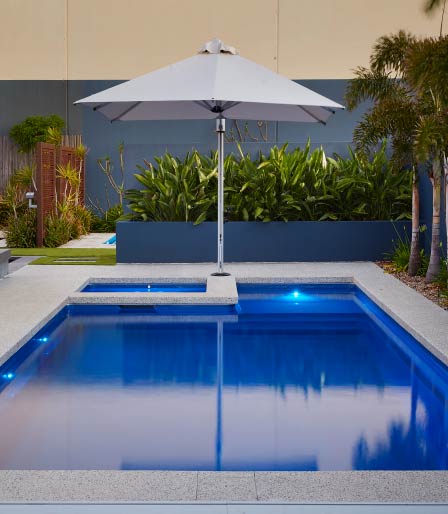
Step 3: How to Perform Routine Maintenance Tasks for Each Equipment
Cleaning the Skimmer and Pump Baskets
Regularly emptying and inspecting the baskets is crucial for preventing clogs in your system, which could lead to equipment damage. By ensuring that the baskets are free from debris and other blockages, you not only maintain optimal performance but also extend the lifespan of your equipment. Routine checks and maintenance can save you from costly repairs and downtime, ensuring smooth and efficient operation.
Backwashing the Filter
This process reverses the flow of water to flush out trapped dirt from the filter. By forcing water to flow in the opposite direction, it dislodges and removes accumulated debris that regular filtering might miss. It’s essential for keeping your filtering system working efficiently, ensuring that clean water continues to circulate and the filter remains unclogged and effective. Regular maintenance like this extends the lifespan of your system and ensures optimal performance.
Inspecting and Cleaning the Pool Heater
Remove any debris around your pool heater, such as leaves, dirt, or other objects that could obstruct its functioning. Additionally, inspect the heater closely for signs of corrosion or soot buildup, which could indicate underlying issues that need to be addressed. Regular maintenance and thorough checks are crucial to ensure your pool heater operates efficiently and safely.
Maintaining Pool Cleaners
Ensure that your automated or manual pool cleaner is free of debris and is moving freely around the pool. Regularly check the cleaner for any obstructions, clean out the filter or bag, and make sure the wheels or tracks are functioning properly. This will help maintain the cleanliness and safety of your pool, providing a pleasant swimming environment for everyone.

Step 4: Signs of Equipment Wear or Damage to Look Out For
Be vigilant with your pool equipment. Regularly inspect for cracks, leaks, strange noises, or irregular readings on pressure gauges, as these can all indicate potential issues. Also, pay attention to any changes in water quality, such as cloudiness or an unusual smell, as these could signal underlying problems. Maintaining a routine check-up schedule can help in identifying and addressing issues early, ensuring your pool remains in optimal condition.
Step 5: When to Call a Professional
Should you encounter complex issues, such as a heater malfunction or a cracked pump casing, it’s best to call in a professional. Attempting to fix these problems on your own can be dangerous and might result in injury or cause further damage to the equipment. Professionals have the necessary tools, experience, and knowledge to diagnose and resolve these issues safely and efficiently. Don’t risk making the problem worse; trust an expert to handle it properly.
Step 6: Tips for Extending the Lifespan of Your Pool Equipment
- Regularly check and balance your pool chemistry to ensure the water remains clean and safe for swimming. This includes monitoring pH levels, chlorine, and other chemicals.
- Don’t allow the pool water level to fall too low, as this can damage your pump and filter system. Make sure to top off the water as needed, especially during hot weather.
- Protect your equipment from the elements, particularly during the off-season. This means covering your pool, storing movable equipment indoors, and performing regular maintenance checks to prevent damage from weather conditions.
The rewards of regular pool maintenance are numerous. Not only does it ensure safe swimming conditions, preventing waterborne illnesses and accidents, but it also maintains the value of your pool investment. Proper upkeep can extend the lifespan of pool equipment, prevent costly repairs, and keep the water sparkling clean, making your pool a more enjoyable and inviting space for family and friends.


